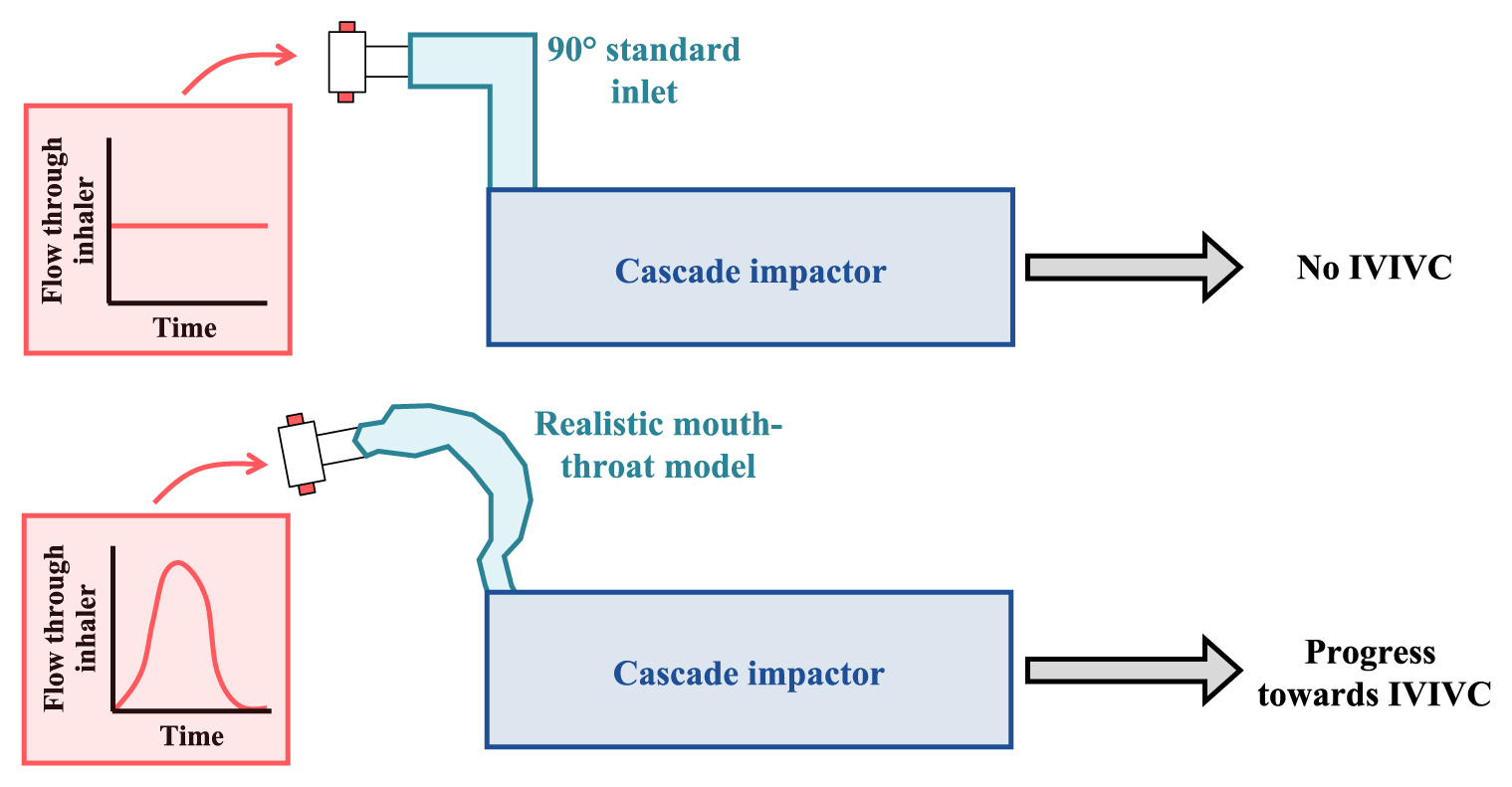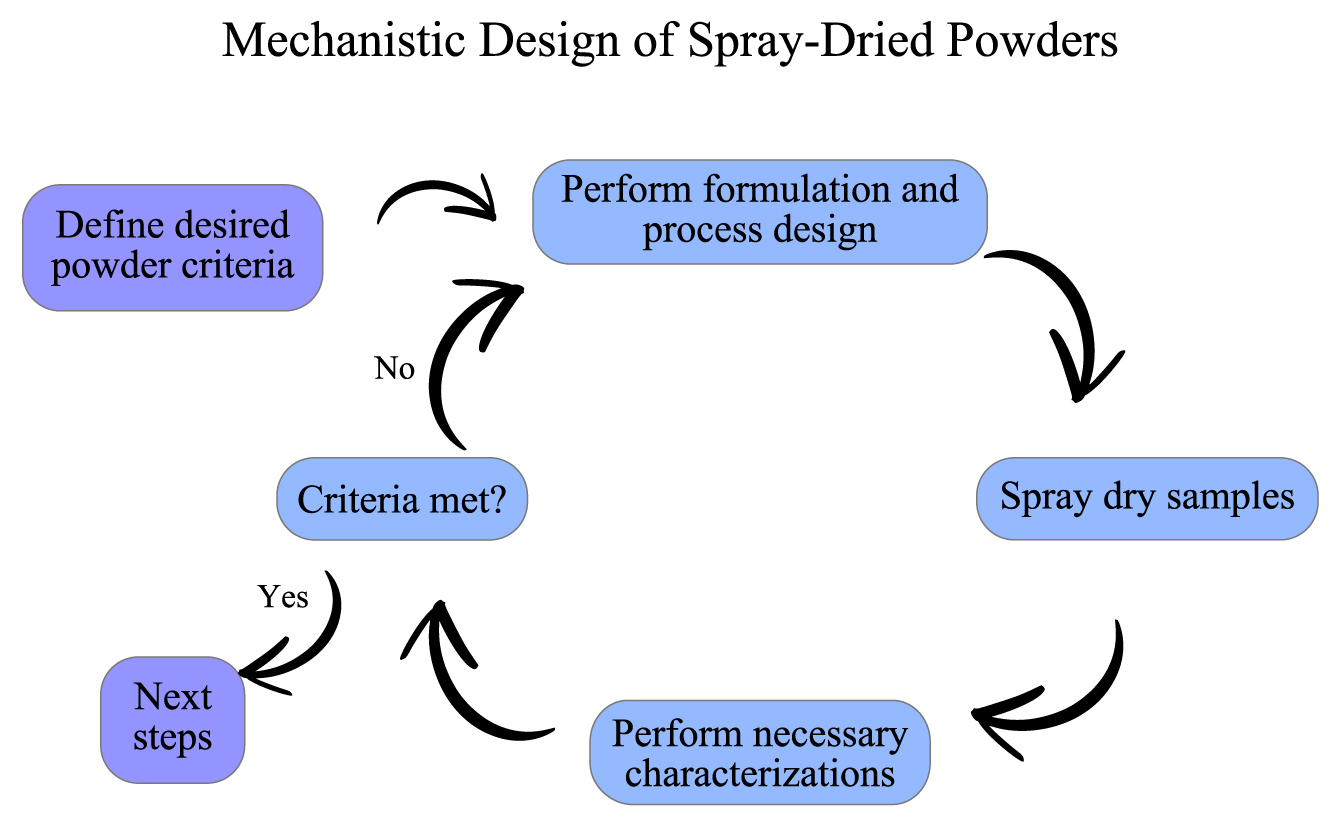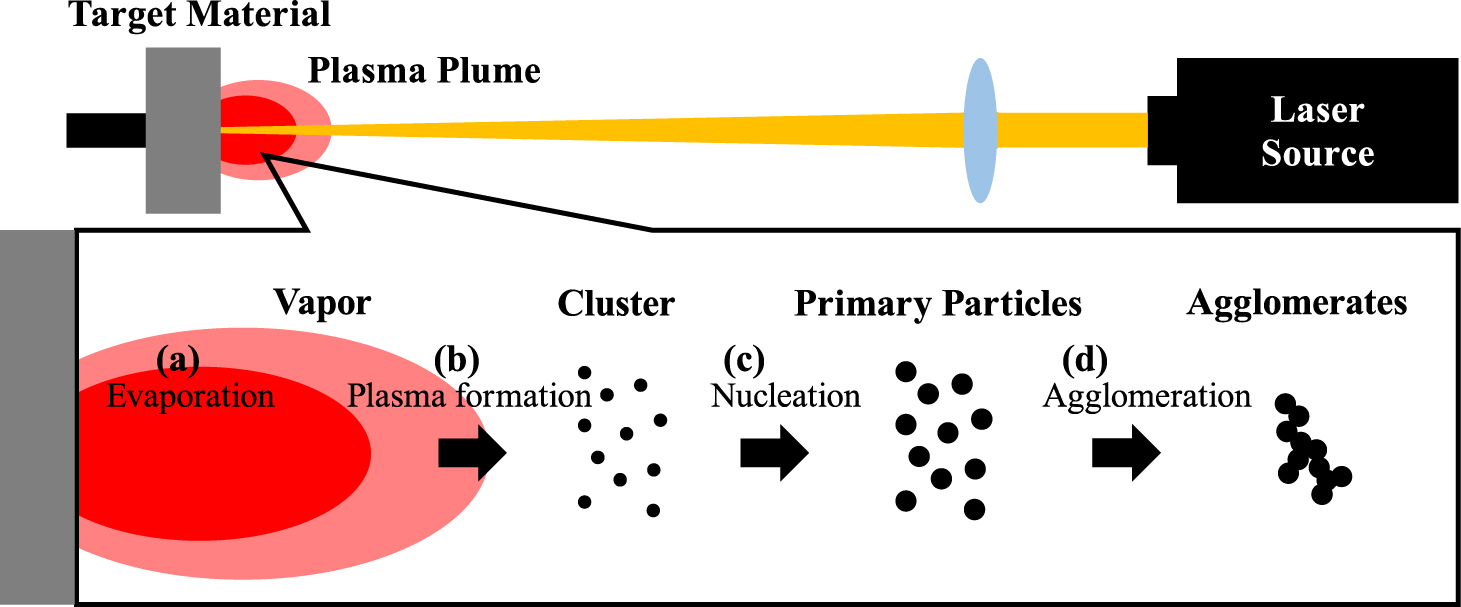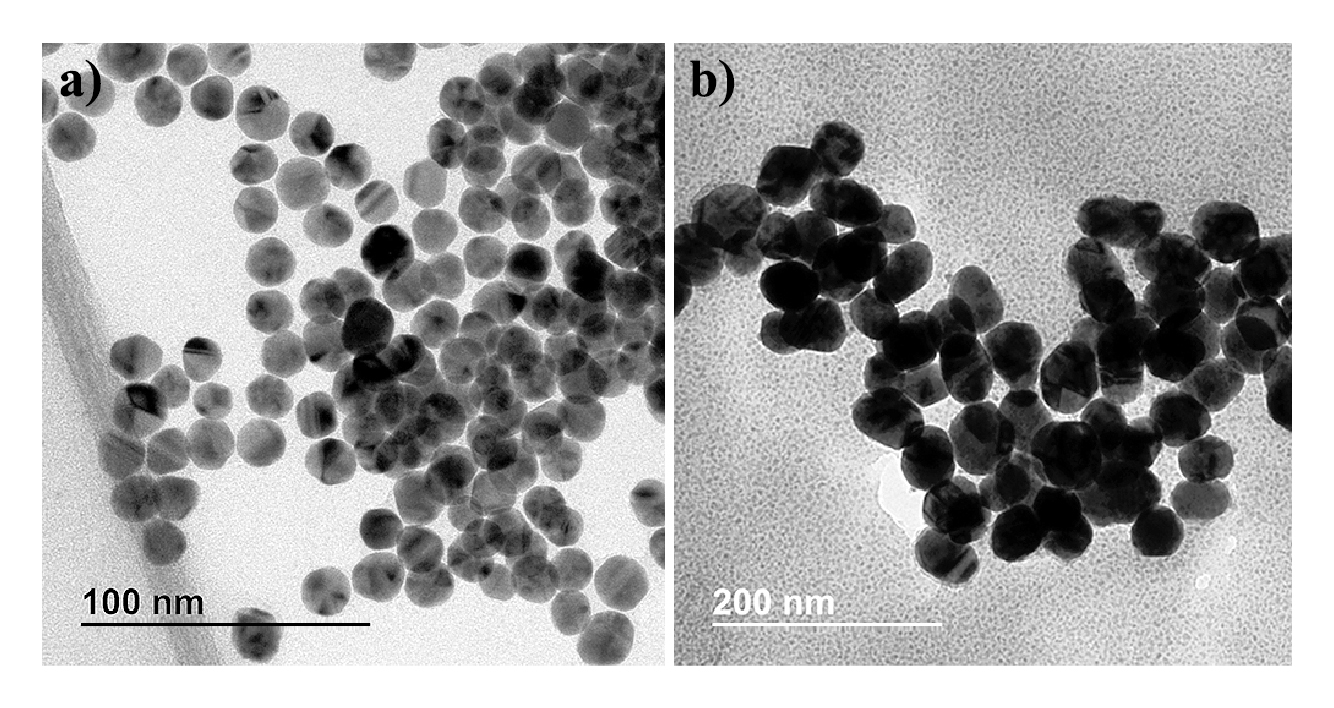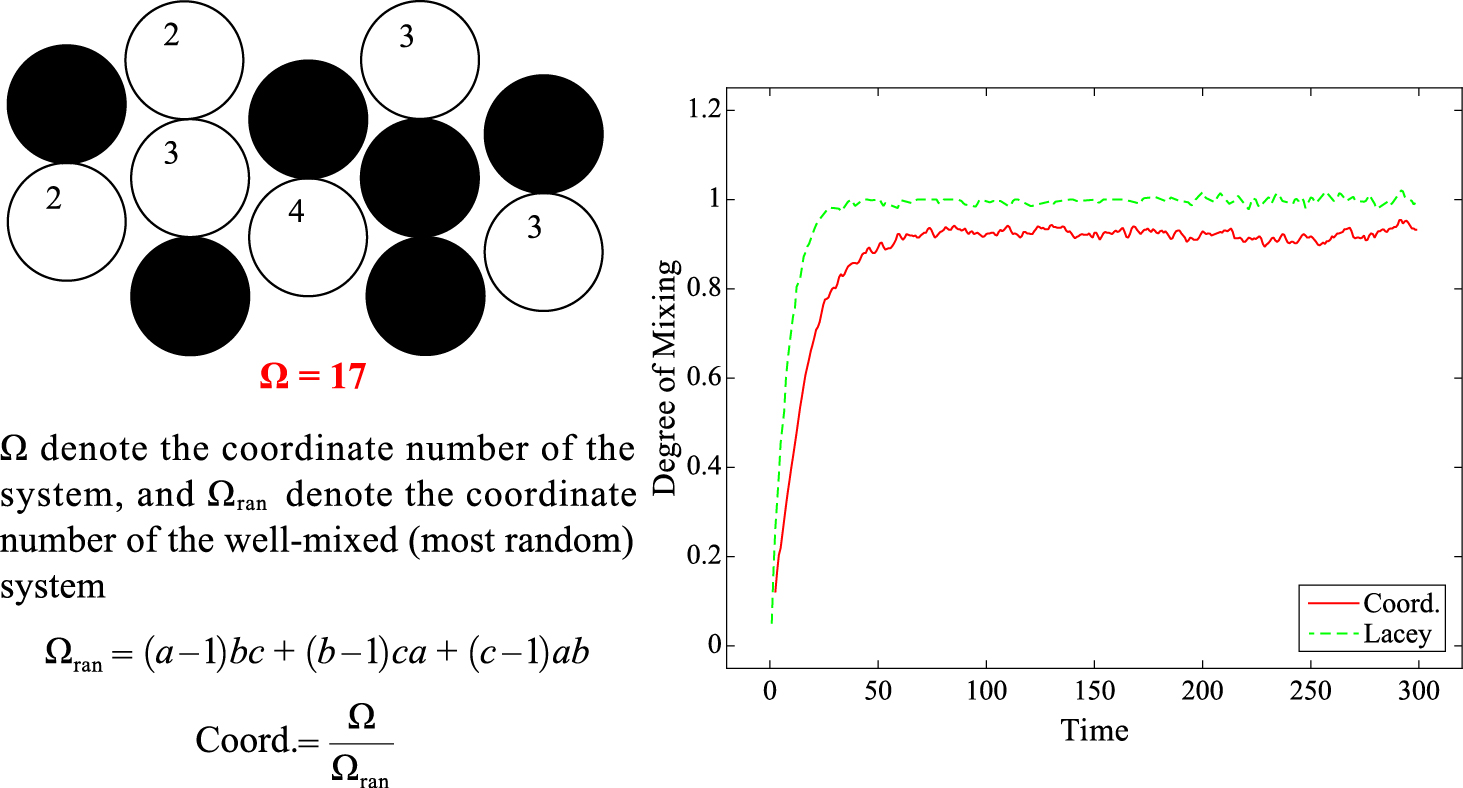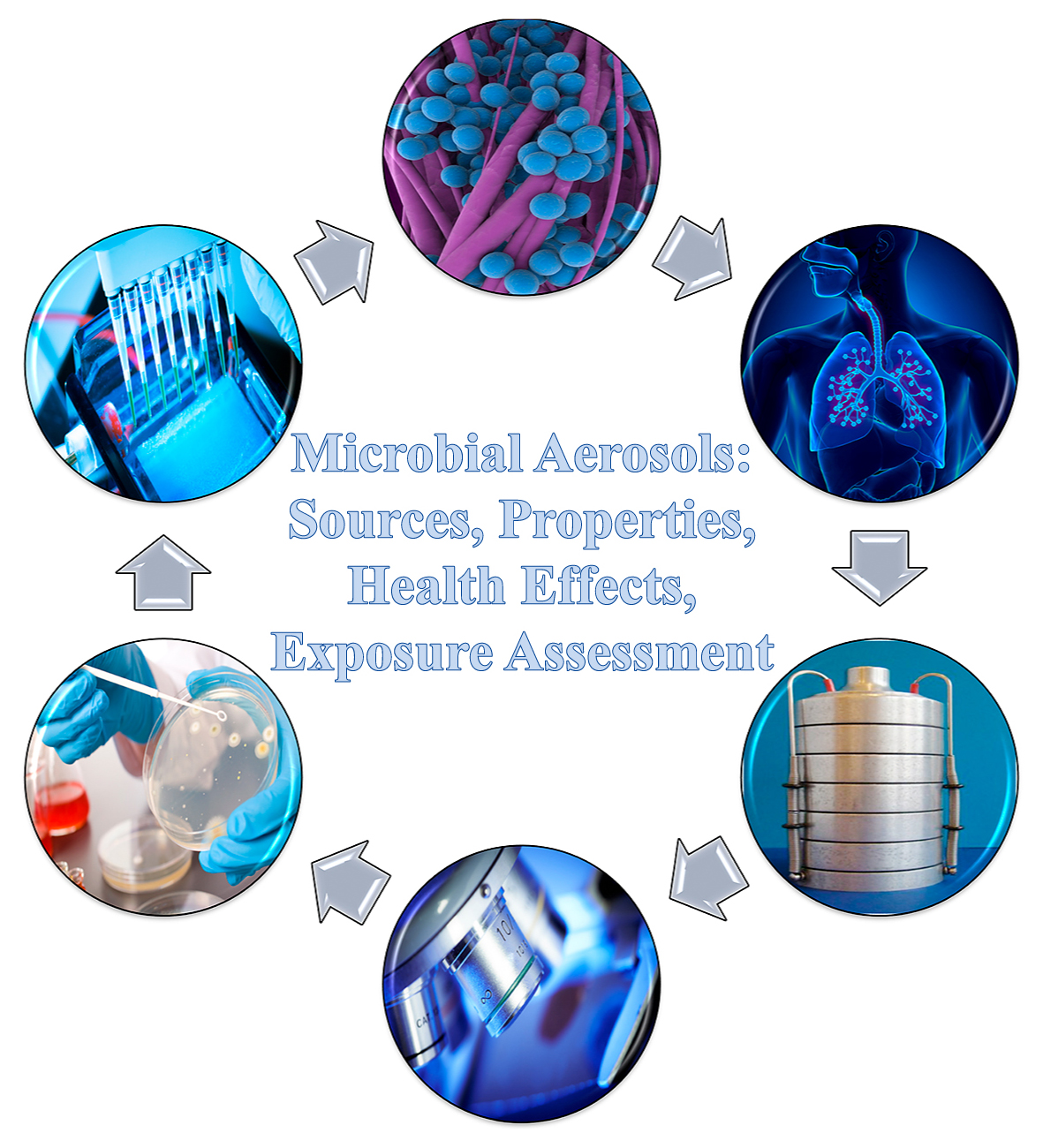KONA Powder and Particle Journal
KONA Powder
and Particle Journal is a peer-reviewed, international, interdisciplinary and Diamond open-access journal that publishes articles on powder and particle science and
technology.
KONA Powder and Particle Journal is a refereed scientific journal that publishes articles on powder and particle science and technology. This journal has been published annually since 1983 and is distributed free of charge to researchers, members of the scientific communities, universities and research libraries throughout the world, by Hosokawa Powder Technology Foundation established by Mr. Masuo Hosokawa in 1991.
The Chinese character “粉” in the cover is pronounced “KONA” in Japanese, and means “Powder”. The calligraphy of it is after the late Mr. Eiichi Hosokawa, founder of the Hosokawa Micron Corporation.
Read more
KONA Powder and Particle Journal is a refereed scientific journal that publishes articles on powder and particle science and technology. This journal has been published annually since 1983 and is distributed free of charge to researchers, members of the scientific communities, universities and research libraries throughout the world, by Hosokawa Powder Technology Foundation established by Mr. Masuo Hosokawa in 1991.
The Chinese character “粉” in the cover is pronounced “KONA” in Japanese, and means “Powder”. The calligraphy of it is after the late Mr. Eiichi Hosokawa, founder of the Hosokawa Micron Corporation.
Published by
Hosokawa Powder Technology Foundation
1,295 registered articles
(updated on April 28, 2024)
(updated on April 28, 2024)
Online ISSN : 2187-5537
Print ISSN : 0288-4534
ISSN-L : 0288-4534
Print ISSN : 0288-4534
ISSN-L : 0288-4534
4.1
2022 Journal Impact Factor (JIF)
2022 Journal Impact Factor (JIF)
JOURNAL
PEER REVIEWED
OPEN ACCESS
FULL-TEXT HTML
ADVANCE PUBLICATION
DOAJ Scopus J-STAGE Data
DOAJ Scopus J-STAGE Data



